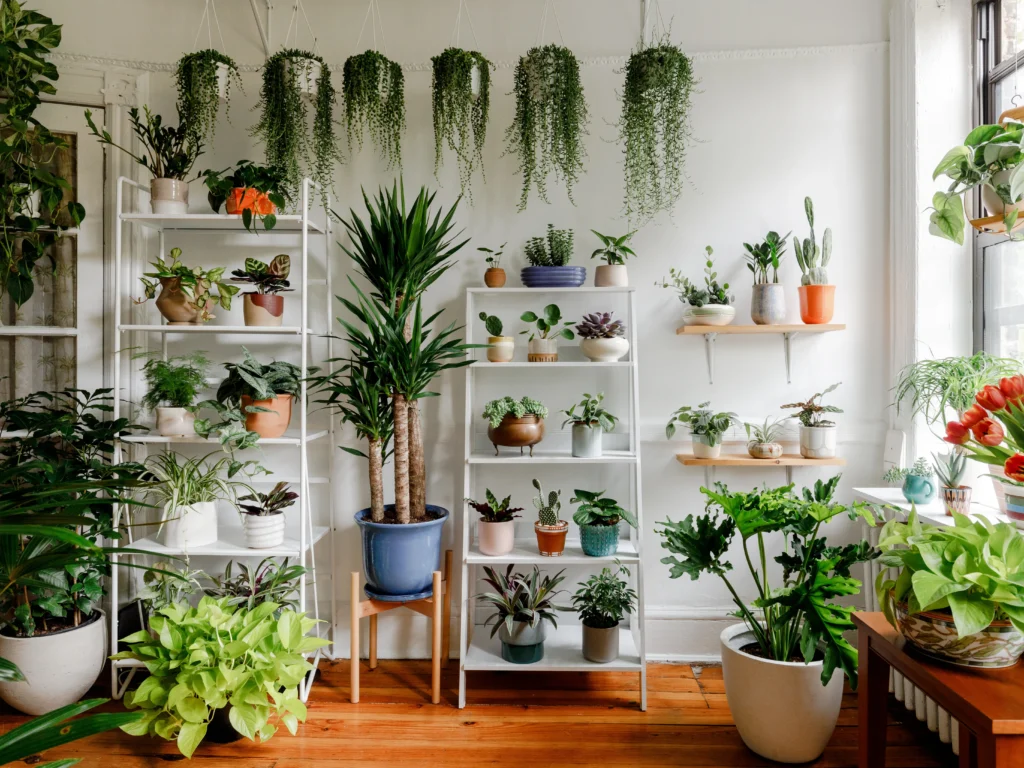Selecting the appropriate soil mix is crucial for the success of indoor plants. The right soil provides essential nutrients, proper drainage, and aeration to support healthy root growth and overall plant development. With a wide variety of soil mixes available on the market, it can be challenging to determine which option is best for your indoor garden. In this guide, we’ll explore the factors to consider when choosing soil for indoor plants and provide tips for selecting the right mix for your specific needs.
1. Consider Plant Needs:
Different types of indoor plants have varying requirements when it comes to soil composition. Some plants, such as succulents and cacti, thrive in well-draining, sandy soils, while others, like ferns and tropical plants, prefer rich, moisture-retentive mixes. Before selecting a soil mix, take into account the specific needs of the plants you’ll be growing, including their water and nutrient requirements, preferred pH levels, and tolerance for compacted or loose soil.
2. Evaluate Drainage and Aeration:
Proper drainage is essential for preventing waterlogged soil, which can lead to root rot and other issues. Look for soil mixes that contain ingredients like perlite, vermiculite, or coarse sand to improve drainage and aeration. These materials help to create air pockets in the soil, allowing excess water to drain away from the roots and ensuring that oxygen can reach the root zone. Avoid heavy, compacted soils that retain water for too long, as they can suffocate plant roots and promote fungal growth.
3. Check Nutrient Content:
Indoor plants rely on the soil for essential nutrients that support their growth and development. While many potting mixes come pre-fertilized, it’s important to check the nutrient content and ensure that it meets the needs of your plants. Look for soil mixes labeled as “potting mix” or “potting soil,” as these are specifically formulated for container gardening and often contain added nutrients to support plant growth. Consider supplementing with a slow-release or liquid fertilizer to provide additional nutrients over time.
4. Avoid Compaction:
Compact, dense soil can hinder root growth and prevent water and air from reaching the roots effectively. To avoid compaction, choose soil mixes that are light, loose, and well-draining. Avoid using garden soil or heavy clay-based soils, as they tend to compact easily when used in containers. Instead, opt for commercially available potting mixes that are specifically designed for indoor gardening. These mixes are formulated to provide the ideal balance of drainage, aeration, and nutrient content for container-grown plants.
5. Consider Specialized Mixes:
Depending on your specific needs and preferences, you may opt for specialized soil mixes tailored to certain types of plants or growing conditions. For example, orchid potting mixes are designed to mimic the epiphytic growing conditions favored by orchids, with a loose, well-draining texture that allows air to circulate around the roots. Similarly, cactus and succulent mixes are formulated to provide excellent drainage and prevent waterlogged soil, ideal for plants that are prone to rot in moist conditions.
Choosing the right soil mix is essential for ensuring the health and vitality of your indoor plants. By considering factors such as plant needs, drainage and aeration, nutrient content, and compaction resistance, you can select a soil mix that provides the ideal growing environment for your plants. Remember to monitor your plants regularly and adjust your care routine as needed to ensure they continue to thrive in their new soil. With the right soil mix, you’ll be on your way to a successful indoor garden filled with happy, healthy plants.

